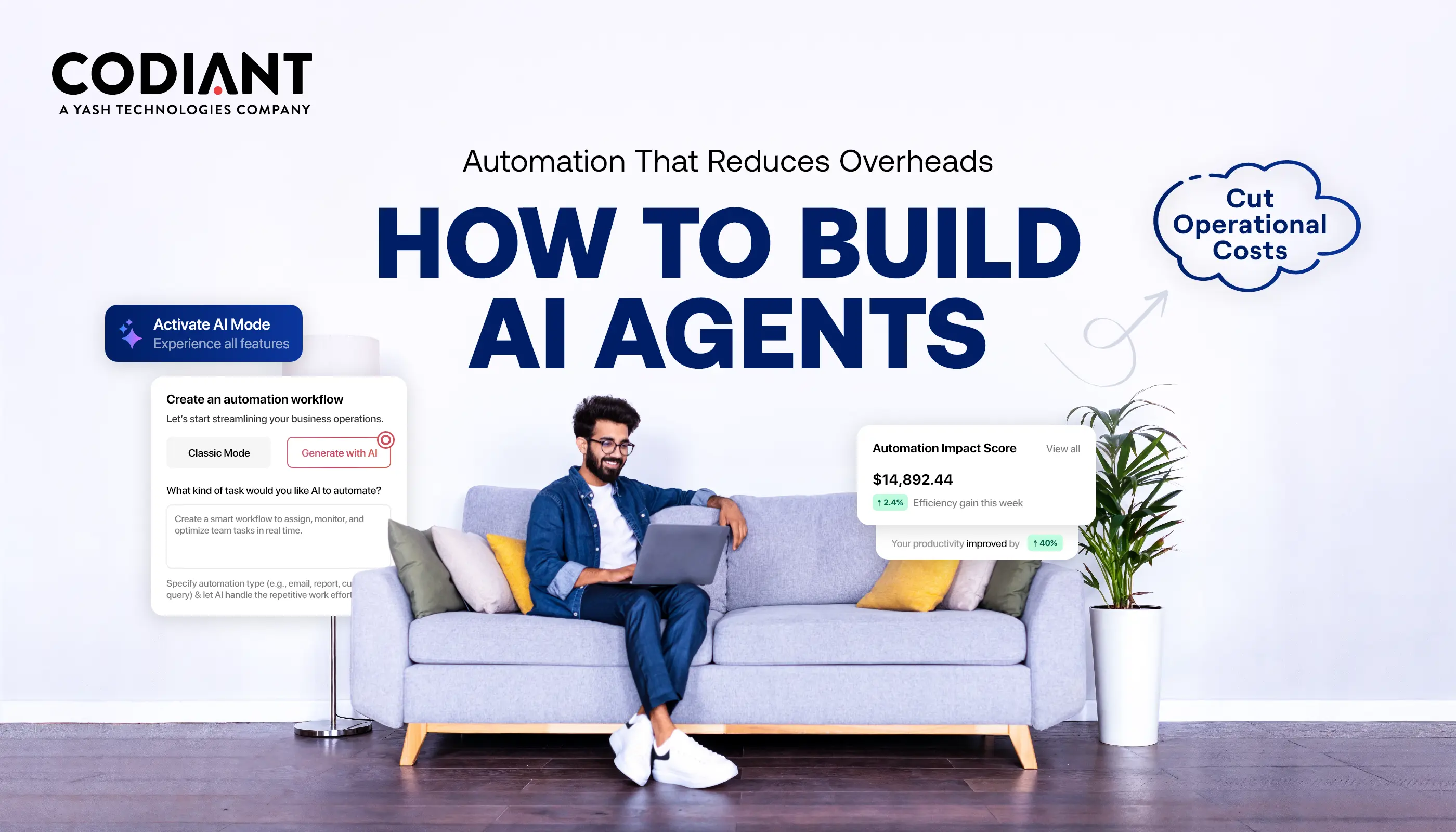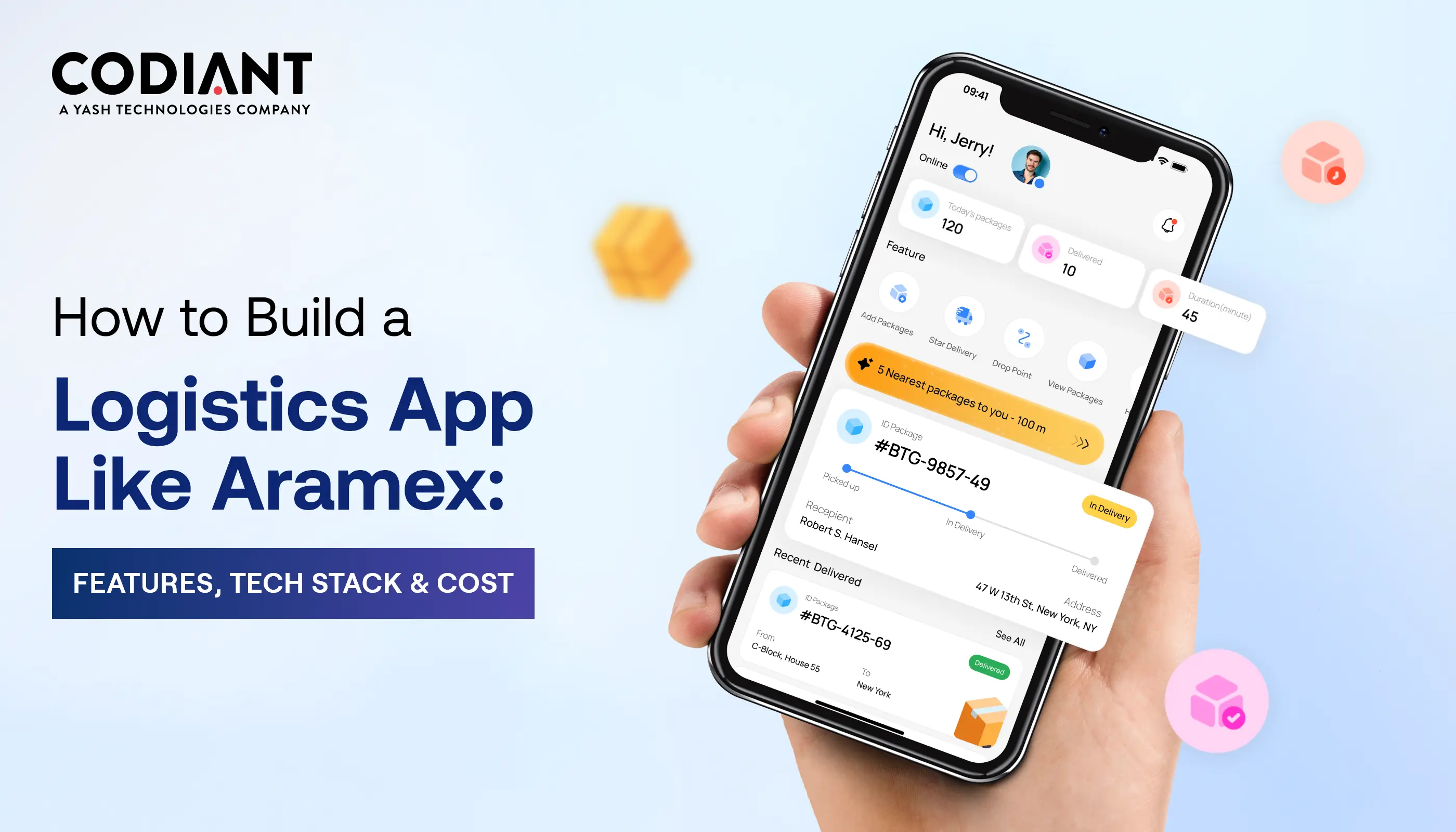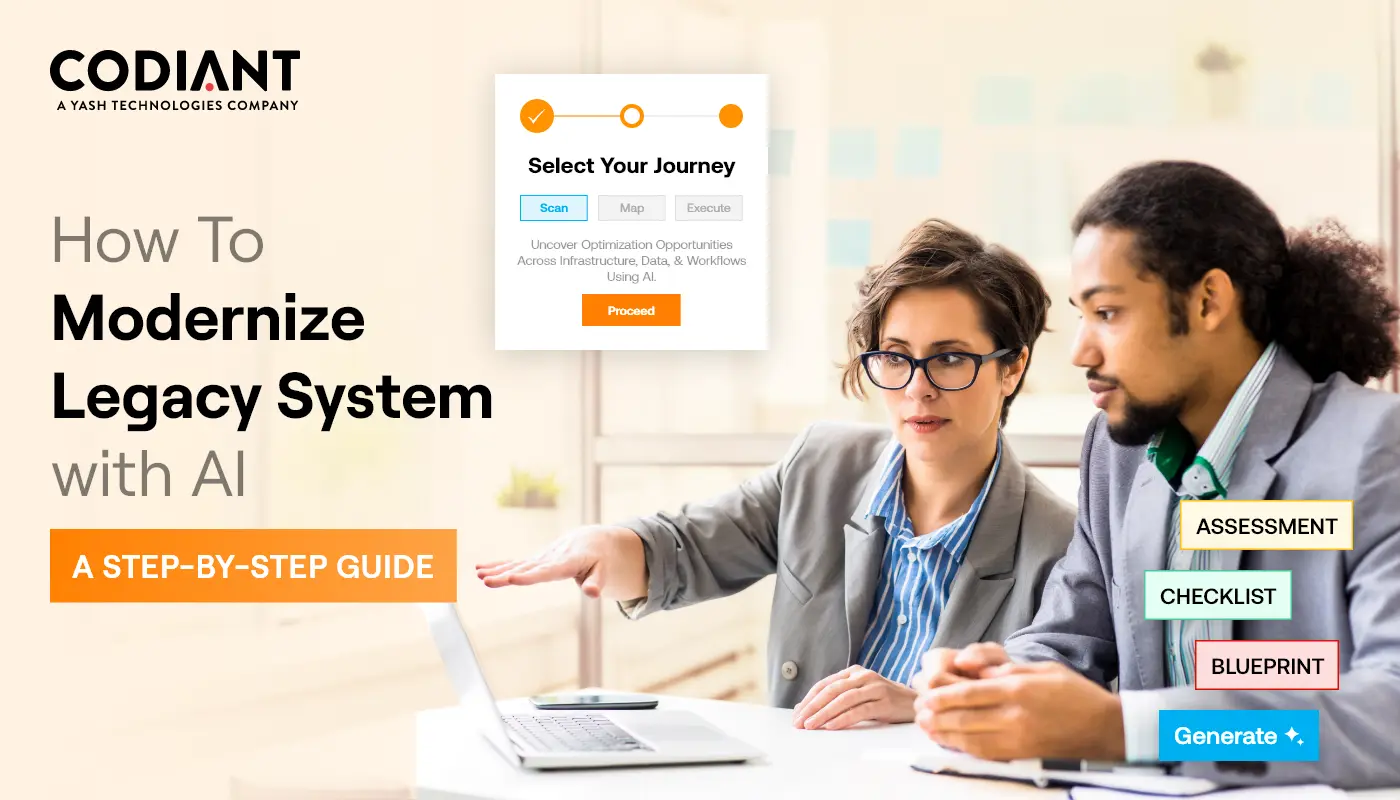Healthcare Chatbots Development – AI Features, Use Cases & Benefits
Table of Contents
Subscribe To Our Newsletter
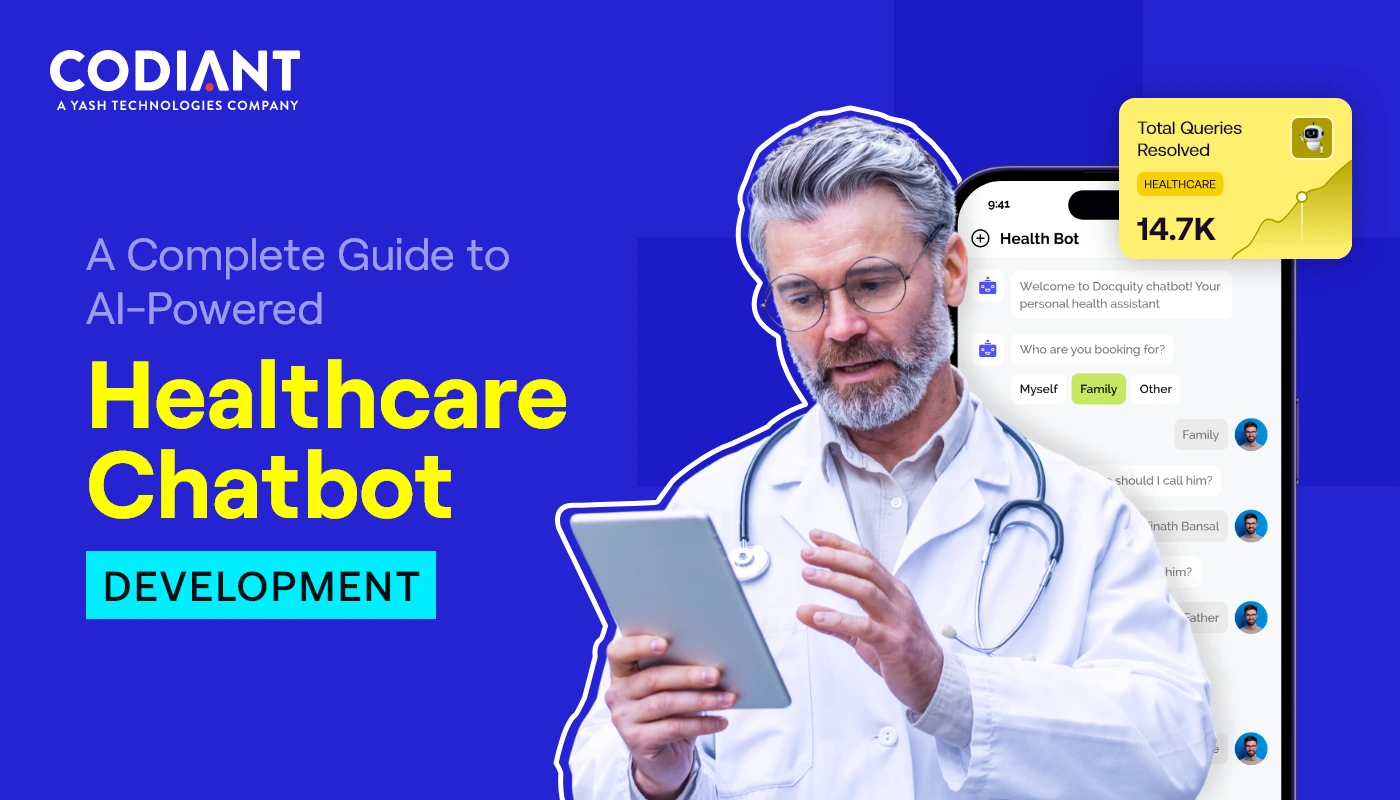
Ever waited 45 minutes just to ask your doctor a simple follow-up question?
You’re not alone. And this very gap in responsiveness is one reason why healthcare chatbot development is gaining real momentum.
The traditional healthcare system wasn’t built for today’s expectations. Long wait times, administrative overload, and staff shortages are pushing providers to look for smarter, more scalable solutions. One of the most effective among them? AI healthcare chatbots.
Healthcare chatbot development is rapidly transforming the industry, with the market projected to reach USD 431.47 million by 2028, growing at a CAGR of 15.2%.
Backed by AI, NLP, and voice tech, they can cut patient wait times by up to 80% and boost hospital efficiency by up to 25%.
These intelligent assistants are now handling everything from appointment scheduling and medication reminders to post-op monitoring and initial symptom checks – quietly transforming the chatbot for healthcare system using artificial intelligence into an essential part of digital care.
And adoption is accelerating fast.
Studies show that in future, over 75% of healthcare providers will integrate chatbots in healthcare industry workflows – not just for convenience, but to cut costs, reduce no-shows and improve patient engagement.
In this blog, we’ll explore what makes these AI tools tick, their most impactful use cases, and how healthcare teams can leverage them to deliver better outcomes at scale.
The Role of AI Chatbots in Modern Healthcare
You’ve probably messaged a business online and got an instant reply.
Now imagine that – built for hospitals.
A healthcare chatbot is a smart, automated assistant that uses AI to talk with patients. Think appointment reminders, symptom checks medication info – even mental health support.
And yes, it works 24/7.
These bots are part of an artificial intelligence healthcare chatbot system. They’re trained on medical data, connected to hospital systems, and designed to make both clinical and non-clinical workflows faster.
The result?
Less pressure on front desks. Faster response times for patients. More bandwidth for doctors.
This isn’t futuristic anymore. Chatbots in healthcare industry settings are already booking appointments, checking insurance details, and helping users track prescriptions – all without human staff jumping in.
Key Features of AI Healthcare Chatbots
1. Symptom Checker & Triage Help
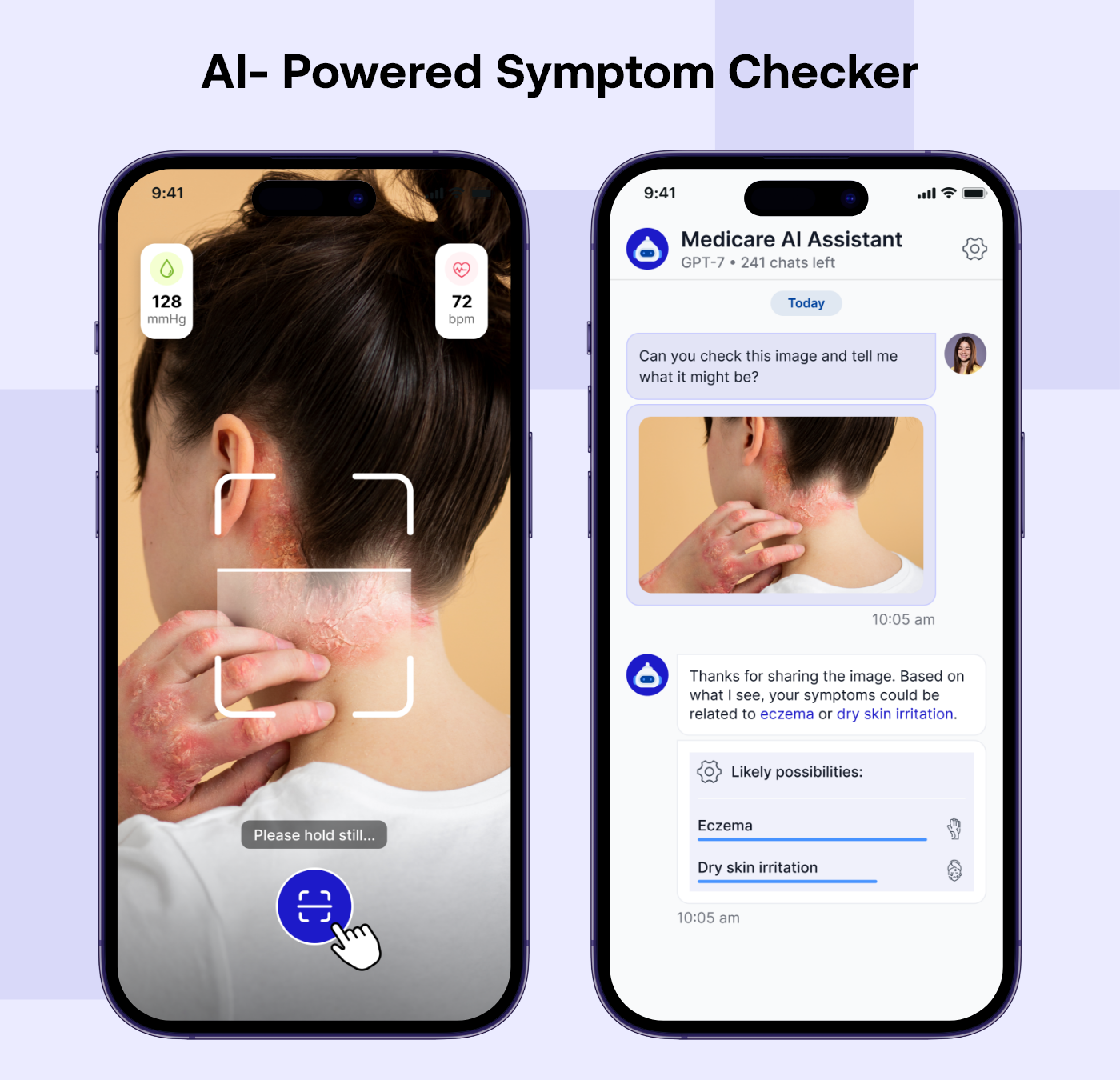
This is the part where the chatbot starts acting like a helpful assistant, not just a message box. It asks a few basic questions, checks symptoms, and tells patients if they should see a doctor or just rest at home.
It’s not replacing a doctor—but it gives people direction without the stress of Googling symptoms at 2 AM.
2. Booking Appointments & Sending Reminders
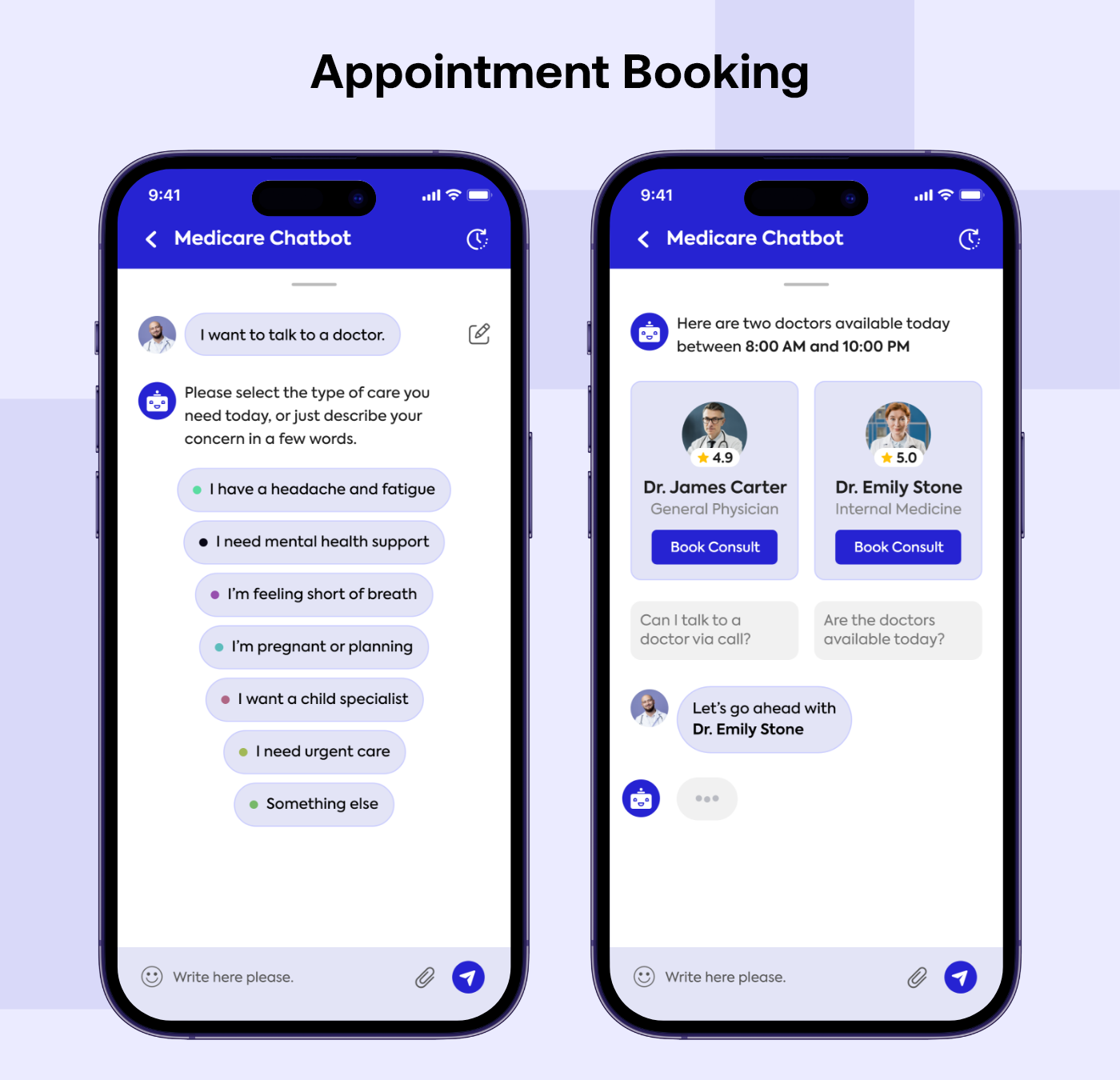
Most people hate calling clinics. A chatbot fixes that. Patients can book or move appointments straight from the chat, no calls, no waiting. It checks calendar availability, avoids double bookings, and even sends reminder texts so no one forgets.
Once it’s linked to your hospital system, it basically becomes your front desk—running on autopilot.
3. Medicine & Aftercare Reminders
Care doesn’t stop after someone leaves the clinic. A chatbot can follow up with small nudges—like “Don’t forget your 3 PM pill” or “Time to clean your wound.”
Simple reminders like these help people recover better, especially those with chronic conditions. It’s easy to set up and saves a ton of unnecessary readmissions.
4. Around-the-Clock Patient Support
Health concerns don’t care about business hours. With a chatbot, patients can ask about side effects, clinic hours, insurance, anything—day or night.
The bot handles all the common stuff instantly, and if it gets a question it can’t answer, it hands it over to your staff. So nobody feels ignored.
5. Multilingual and Voice-Friendly
Not every patient speaks English—and not everyone loves typing. The chatbot can speak multiple languages and even talk back if needed.
That’s a huge plus for elderly patients or anyone who finds voice easier than text. It makes the whole experience feel more human and accessible.
6. EHR & System Integration
A smart chatbot is good, but a chatbot that’s connected? That’s where things really click.
Once it’s linked to your systems, it can pull up appointment details, test results, prescriptions—whatever the patient needs. No need to call the clinic or log into three different portals.
And on your side, your team sees everything in one place. Smooth, efficient, and way less frustrating for everyone.
Types of Healthcare Chatbots
Not all healthcare chatbots solve the same problem.
Some answer simple questions. Others handle bookings or guide patients through symptom checks. To build the right AI healthcare chatbot system, you need to understand the use case first – then choose the right type of bot.
Here’s a quick breakdown:
| Chatbot Type | What It Does | Best For | Business Benefit |
| Informational Bots | Answer basic health questions and FAQs | General awareness, self-help | Reduce call volume, save time |
| Symptom Checker Bots | Ask questions, suggest possible conditions | First-level triage, telehealth | Faster care, fewer unnecessary visits |
| Appointment Bots | Book, cancel, reschedule appointments | Clinics, hospitals | Cut no-shows, free up staff |
| Mental Health Bots | Offer emotional check-ins and therapy prompts | Wellness apps, support care | Private, always-on support |
| Billing Bots | Handle queries on bills, coverage, claims | Insurance help desks, clinics | Reduce confusion, fewer support tickets |
| Follow-Up Bots | Send reminders and care tips post-visit | Rehab, post-op, routine care | Boost retention, improve outcomes |
| Remote Monitoring Bots | Track vitals, alert on changes | Chronic care, elderly care | Early alerts, lower readmission rates |
How a Healthcare AI Chatbot Works
Most people assume chatbots are simple Q&A tools. But an AI healthcare chatbot system is much more structured – and smarter – than that.
Here’s how it works in a typical healthcare setup:
1. The patient sends a message.
This could come through your website, mobile app or even a voice assistant. The bot handles text or speech input.
2. The AI processes the message.
Custom Natural Language Processing (NLP) solutions kicks in to understand what’s being asked even if the question isn’t perfectly worded.
3. It identifies intent and context.
The system figures out if the user wants to book an appointment, ask about symptoms, check prescriptions or something else.
4. It connects to relevant data.
If needed, the chatbot pulls data from your Electronic Health Record (EHR) system, a symptom checker API or internal databases.
5. The chatbot responds—or escalates.
For basic requests, the bot responds instantly. For complex cases it routes the conversation to a live staff member or medical professional.
6. All interactions are logged.
The conversation is saved securely, allowing for follow-ups, analytics and compliance with privacy regulations.
This entire flow happens in seconds. The benefit? You reduce response times lower the load on support teams and create a consistent experience across platforms.
Tools & Platforms for Developing Healthcare Chatbots
If you’re building a production-ready AI healthcare chatbot, these are the top tools and platforms teams use today – trusted across real hospital systems, apps and telehealth platforms.
| Platform | What It Does | Why It’s Good for Healthcare |
| Dialogflow CX (Google Cloud) | Visual tool to design conversation flows using NLP | Supports multi-language, voice and integrates with EHR via FHIR/HL7 |
| Microsoft Health Bot | Pre-built healthcare bot with medical database | Built-in triage protocols, HIPAA-ready, used by CDC and major hospitals |
| Rasa (Open Source) | Customizable open-source NLP platform | Great for on-premise deployment and HIPAA-compliant builds |
| GPT-4 via OpenAI API | Advanced generative AI for natural conversations | Used for empathetic replies, symptom discussions and multilingual support |
| AWS Lex with Lambda | Voice and chat chatbot engine from Amazon | Scales easily, connects with AWS HIPAA-compliant infrastructure |
| Kore.ai HealthAssist | Healthcare-focused chatbot development platform | Designed for hospitals with templates for triage care management, etc. |
| Botpress (HIPAA-hosted) | Visual flow builder with advanced NLP | On-premise and cloud options; good for regulated healthcare environments |
| Infermedica API | Medical reasoning engine for symptom assessment | Trusted for clinical accuracy and decision support inside chatbots |
Benefits of AI Chatbots in Healthcare Industry
AI chatbots are no longer experimental. They’re solving real operational challenges for hospitals, clinics and digital health platforms. Here are some of the most practical benefits organizations are seeing:
1. Reduced Workload for Staff
Chatbots manage repetitive tasks such as appointment scheduling, basic queries and collecting documents – allowing staff to focus on more important roles.
2. 24/7 Patient Support
Patients can ask questions, report symptoms, or access resources anytime – without waiting for business hours or support lines.
3. Faster Response Times
By automating first-level interactions, chatbots ensure that patients receive immediate answers, reducing delays in communication and care.
4. Lower Operational Costs
Automation further reduces the reliance on large support teams and calls center and administrative overhead, and therefore can have a significant impact on cost.
5. Improved Patient Experience
The right chatbot design can streamline the care journey — removing wait times defining the next steps and communicating information in real-time.
6. Consistent Information Delivery
Chatbots provide standardized responses based on medical protocols which reduces the risk of miscommunication and human error.
7. Support for Remote & Rural Patients
AI chatbots make healthcare more accessible to those in remote areas where clinics may not be readily available.
8. Data Logging and Compliance
All interactions are securely logged, enabling healthcare firms to support audits of any interaction and comply with the regulations (with HIPAA being the most notable).
Read also: Top Development Trends in Healthcare Mobile Applications for 2025
Steps Involved in Healthcare Chatbot Development
Building a healthcare chatbot is not as simple as just installing AI. It has to fulfill a specific need, run seamlessly for patients, and remain in compliance. Here it is — step by step.
1. Define the use case
Choose the primary function — either booking appointments, addressing FAQs, performing symptom assessments or making follow-ups. Begin with a couple of use cases. Keep it focused.
2. Choose the platform
Select the arena for the bot to perform in — site, portable application, WhatsApp, or patient entry. Be where your users already are
3. Select your tech stack
Employ frameworks such as Dialogflow, Rasa or Microsoft Bot Framework. Use NLP for query understanding, voice optional — Pick tools your team can sustain for the long run.
4. Design a simple Chatbot interface
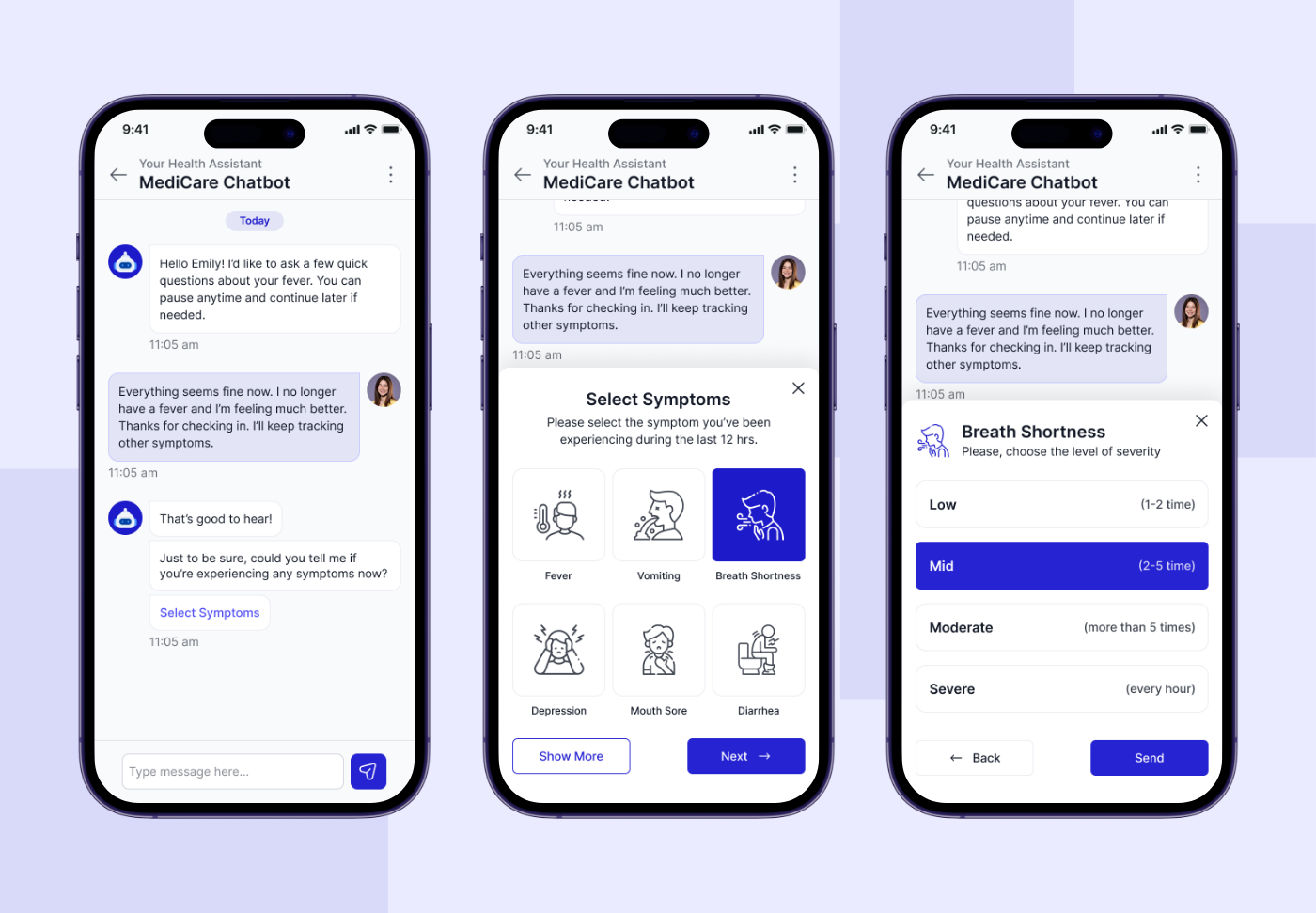
Make it simple, make it understandable. Display buttons and short responses and options on your bot. From day 1, accessibility must be taken into account.
5. Build conversational flows
Write flows that feel natural. Outline paths to common scenarios, fallbacks, and when to reach out to a human. Test for tone and clarity.
6. Ensure data privacy
Ensure compliance with all necessary standards, including HIPAA or GDPR. You should also implement encryption and data storage security. Don’t collect unnecessary data.
7. Integrate with internal systems
Integrate the bot with your EHR and calendar, as well as your CRM tools. Instant synchronization enhances precision and makes the bot genuinely efficient.
8. Test with real users
Conduct usability testing among patients, doctors, and support staff. Iterate Live — Collect feedback, fill gaps, and iterate before live
9. Launch and monitor
Deploy the chatbot. Follow usage, where people stop using it, and popular questions. Use logs and metrics to monitor and keep improving performance.
10. Keep updating
Add new intents, enhance flows, and fine-tune the model on new data. A good chatbot is never a final product.
Healthcare Chatbot Use Cases: How Global Healthcare Leaders Are Using AI Chatbots
Pfizer – Vaccine Education Chatbot
To support public education during the COVID-19 vaccine rollout, Pfizer launched a conversational chatbot to answer common vaccine-related questions. The goal: reduce misinformation and streamline vaccine confidence.
Use Case:
→ Delivered real-time answers around safety, dosage, side effects and efficacy.
→ Integrated with Pfizer’s website and mobile channels.
Outcome:
Helped reach millions globally during the initial rollout, improving transparency and reducing call center burden.
World Health Organization (WHO) – WhatsApp Chatbot for Global Health Alerts
In response to the COVID-19 pandemic, WHO partnered with WhatsApp to launch a multilingual AI chatbot for healthcare awareness. It provided verified updates, case statistics and prevention tips to people across 50+ countries.
Use Case:
→ Broadcast health alerts in multiple languages.
→ Available via simple chat without needing an app download.
Outcome:
Reached over 12 million users in the first weeks alone. Became one of the most reliable sources for real-time global health information.
UK NHS – Babylon AI Symptom Checker
The UK’s National Health Service (NHS) partnered with Babylon Health to launch an AI-powered chatbot for primary care. It collects symptoms from users and suggests possible conditions or care steps helping to reduce unnecessary doctor visits.
Use Case:
→ Symptom triage, appointment guidance, and health advice.
→ Powered by machine learning and a vast medical dataset.
Outcome:
Handled millions of consultations, significantly reducing GP workload and improving care access.
Apollo Hospitals (India) – AI Appointment & Risk Assessment Bot
India’s Apollo Hospitals rolled out a chatbot that assesses patient symptoms, flags potential health risks and schedules appointments – all from WhatsApp or website.
Use Case:
→ Pre-screening for conditions like diabetes, heart disease and COVID.
→ Booking integration with hospital systems.
Outcome:
Increased patient engagement during the pandemic and accelerated triage workflows across multiple locations.
CDC – HealthBot in Collaboration with Microsoft
The U.S. Centers for Disease Control and Prevention (CDC) collaborated with Microsoft to launch HealthBot, a cloud-based chatbot solution for healthcare triage during COVID-19. It assessed symptoms and directed users to appropriate care.
Use Case:
→ Risk assessment, prevention tips and testing location guidance.
Outcome:
Adopted by multiple U.S. health systems, including Providence and Novant Health, serving thousands per day at peak.
Why 2025 Is the Breakout Year for Healthcare Chatbots
If you’re still relying on call centers and front-desk staff to handle patient queries in 2025 you’re already behind.
Healthcare has a scaling problem. Patient volumes are rising. Staff shortages are real. And yet, expectations haven’t dropped – patients want faster answers, more personalized care and round-the-clock support.
Here’s what most healthcare businesses don’t realize:
Every delayed response cost you trust – and revenue.
An AI healthcare chatbot system solves this. It’s not just a helpdesk replacement. It’s an operational shift.
You free up staff hours, reduce administrative backlogs, and improve patient satisfaction without adding headcount. It’s why chatbots in healthcare industry adoption has surged across private clinics, telehealth apps and hospital chains.
And the results aren’t just anecdotal.
A study by Juniper Research found that AI chatbots could save providers upwards of $11 billion a year in operational costs. That’s not future talk – it’s what’s happening right now.
So, if you’re running a healthcare business and still wondering whether to invest in chatbot solutions for healthcare…
You’re asking the wrong question.
The right one is:
How fast can you implement it – before your competition does?
The Road Ahead – Chatbots in Future Healthcare
Healthcare chatbots are evolving quickly and in the next few years, they’ll become more accurate, secure, and helpful in real clinical environments. Here are the key trends shaping their future:
1. Voice-Based Interfaces Will See Higher Adoption
Many healthcare providers are adding voice interaction to make chatbots more accessible – especially for elderly users or patients with visual impairments.
2. Emotion Detection Will Improve Patient Interactions
New models are being trained to understand tone, hesitation, and sentiment. This helps chatbots respond with more empathy especially during sensitive health conversations.
3. Personalized Care Will Go Mainstream
AI chatbots will start using patient history, ongoing conditions, and preferences to provide relevant reminders, follow-ups and educational content tailored to each user.
4. Multilingual Support Will Bridge Access Gaps
More hospitals are demanding chatbots that can talk to patients in multiple regional languages ensuring inclusivity and better understanding during diagnosis or follow-ups.
5. Wearables and EHR Integration Will Become Standard
Chatbots will be able to pull real-time health data from wearables or medical records and provide instant insights to patients and caregivers.
6. RAG Models Will Power Smarter Medical Answers
Chatbots will use Retrieval-Augmented Generation (RAG) to pull the latest evidence from trusted sources before responding – ensuring accuracy and relevance in medical queries.
Conclusion
If you’re serious about improving patient experience cutting operational costs and scaling care – healthcare chatbot development should be on your roadmap.
We’ve already seen how the top hospitals, healthtech start-ups and global organizations are using chatbots for healthcare to solve real problems. From appointment booking to chronic care support the healthcare chatbot use cases are growing – and they’re delivering measurable impact.
The real shift isn’t just automation – it’s intelligence.
A well-built AI healthcare chatbot system doesn’t just answer questions. It understands intent, integrates with EHR systems, and provides round-the-clock support without breaking compliance.
As the chatbots in healthcare industry mature, the advantage will belong to the providers who act early – those who invest in the right tech, map the right flows and build for both scale and trust.
If you’re still relying on traditional tools, now is the time to embrace smarter solutions like AI Calorie Tracker, designed to transform the way healthcare systems manage patient wellness and nutrition. By leveraging artificial intelligence, healthcare providers can deliver personalized dietary insights, improve patient engagement, and promote healthier outcomes—making nutrition tracking more intelligent, efficient, and impactful than ever before.
Because in 2025 and beyond, care won’t just be personal – it will be digital, proactive and AI-powered.
Frequently Asked Questions
Yes. Most AI healthcare chatbot systems follow strict privacy rules like HIPAA, so your health information stays secure and confidential.
Modern chatbots for healthcare use advanced AI to understand symptoms and common concerns. For anything complex, they usually connect you to a real doctor.
No. A healthcare chatbot can help with basic questions, reminders, or appointment booking—but it’s not meant to replace professional medical advice.
Common healthcare chatbot use cases include checking symptoms, scheduling visits, getting medicine reminders, and finding nearby clinics or labs.
Not always. Many chatbots in the healthcare industry work right on hospital websites, mobile apps, or even WhatsApp—no extra downloads needed.
Featured Blogs
Read our thoughts and insights on the latest tech and business trends
Learn How to Build AI Agents That Can Speed Up Your Work and Reduce Other Expenses
- November 10, 2025
- Artificial Intelligence
Businesses today are looking for faster ways to work and smarter tools that cut costs. That’s why AI agents are quickly becoming a key investment for companies of all sizes. These autonomous systems can perform... Read more
How to Build a Logistics and Transportation App Like Aramex?
- November 6, 2025
- Logistics & Transportation
In a Nutshell: A logistics app like Aramex helps businesses manage deliveries, track shipments, and serve customers better. Technology is now needed in logistics because customers want fast delivery and real-time tracking. A logistics app... Read more
How to Modernize Legacy Systems with AI – A Step-by-Step Guide
- October 31, 2025
- Artificial Intelligence
In a Nutshell: Legacy systems aren’t outdated - they’re underutilized. AI can modernize them without full replacement, saving time and cost. Modernization is a journey, not a rebuild. Start small with automation, data clean-up &... Read more

